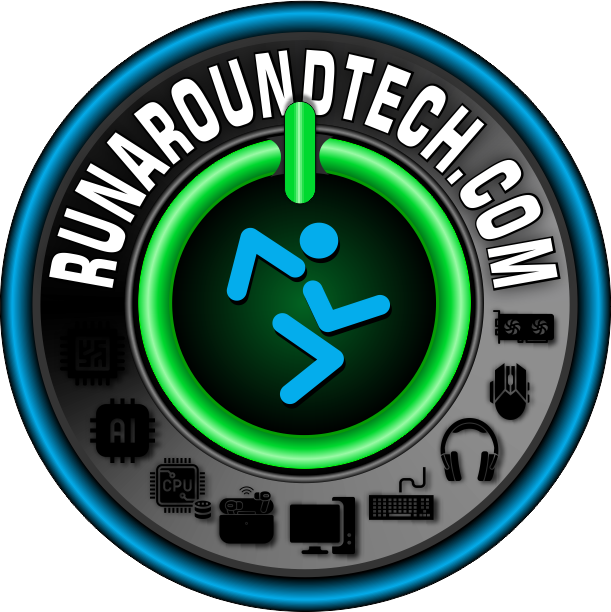With the advent of 3D laser scanning technology, the way we derive data from buildings and structures has drastically changed. In this process, a laser scanner uses lasers to scan a target object and capture the precise geometric information within the environment. The scanned data can then be converted into a 3D model people can use for a variety of purposes. In this post, we’ll discuss some of these common applications of a 3D laser scan of a building so you can better understand why you might need to use such a service.
Asset Management
First off, we have asset management, which is crucial for efficient facility management. While you can do this without the use of 3D laser scanning technology, this process will make it simpler by creating a 3D model of a facility. This will help provide accurate geometric information that you can use to include assets like HVAC systems, electrical equipment, and plumbing. With this technology, facility managers can maintain an accurate inventory of the assets, track their movement, and provide better maintenance schedules, better budget estimates, and a higher standard of safety for the users of the facility.
Construction Progress Monitoring
While not its most common use case, companies can use 3D laser scanning technology to monitor the progress of construction projects. The technology creates 3D models that can be overlaid to compare the current state of the project against the construction plans, identifying any deviations. It can also help project managers track how scheduled work sequences have been implemented on site.
Quality Control and Inspection
3D laser scanning technology can also help ensure the quality control measurements of various structures. Manufacturers and builders can use this technology to create 3D models of their products, including parts and pieces, as well as what the finished structure will look like. The technology can help identify any inconsistencies in the production process and enable faster diagnosis of issues in the production line.
Historic Preservation
One of the unknown common applications of 3D laser scanning for buildings is historic preservation. The technology can scan and create 3D models of historic buildings and structures as well as significant cultural artifacts. This technology has proven to be critical for the preservation of vulnerable structures and artifacts, which may have limited exposure to human interference. On top of that, it can provide a noninvasive method of preserving important structures without affecting the structural integrity of the building.
Insurance Claims
During an insurance claim, accurate information is essential. A 3D laser scan can provide an accurate record of the building’s condition, which can be used to create detailed reports and support insurance claims. This information can be especially valuable in the case of natural disasters or other types of building damage. That’s why you’ll want to make sure you know how to choose the right laser scanning company. That way, you can get fully compensated for the damage to your building.

